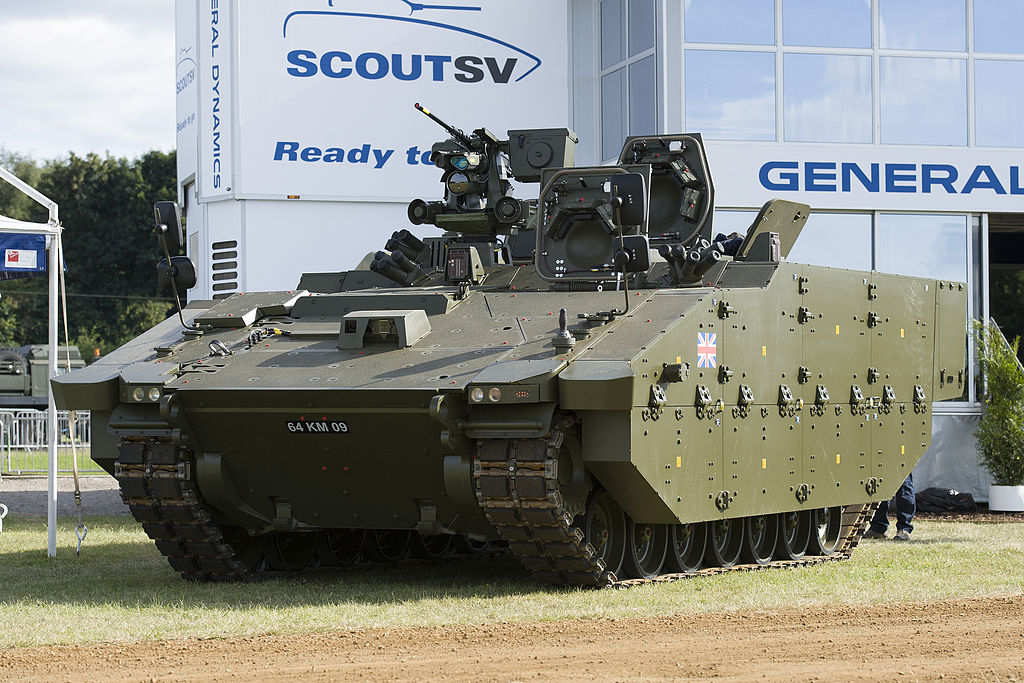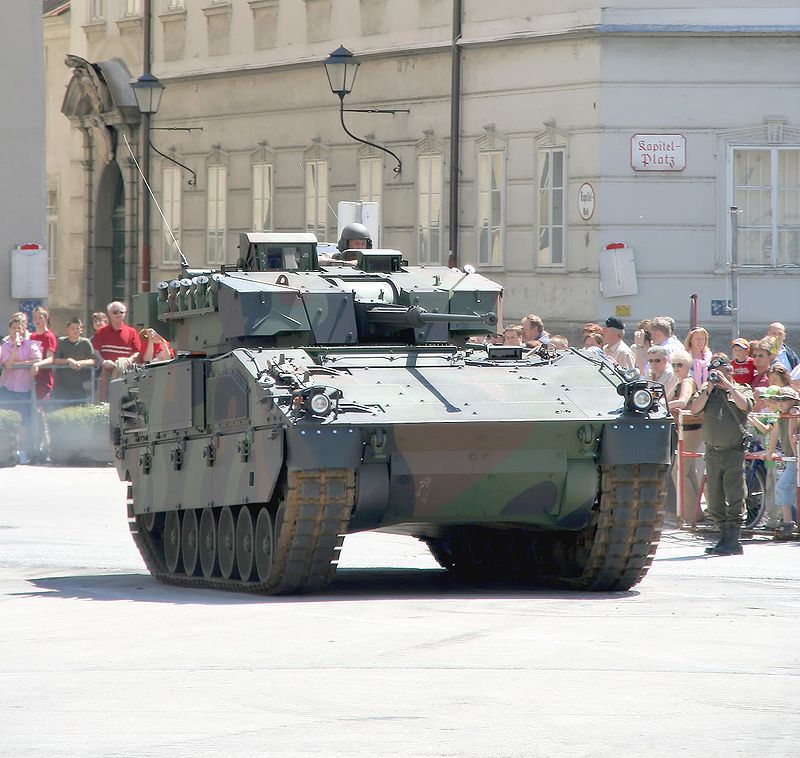WLSC
Sr. Member
- Reaction score
- 488
- Points
- 840
Aaaabsolutly! It’s just an exemple. When you have a good frame, you can built with a purpose with minimal add on just for the sake of it.As long as we caution ourselves and not pimp these Non-AFV (hint, hint) with tons of machine guns and AT weapons, then try to fight them as ultra-light IFVs.







